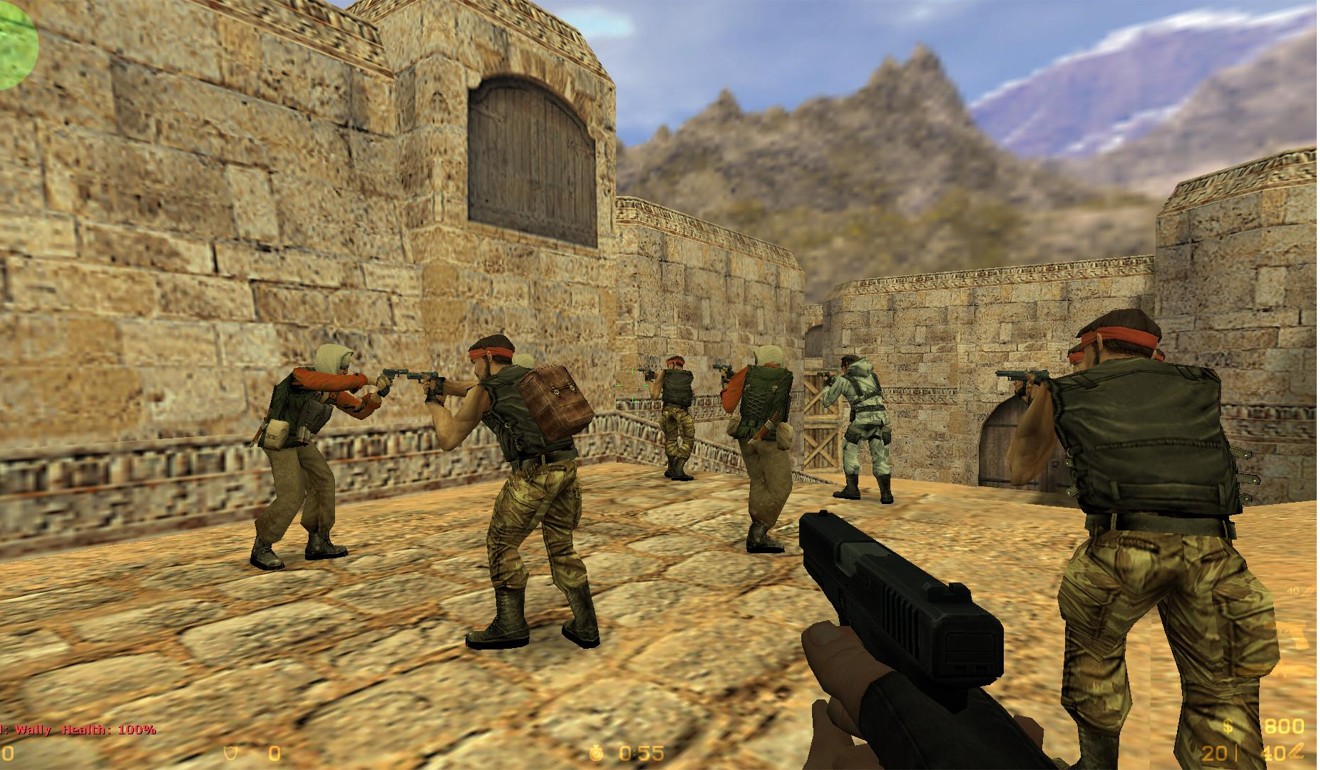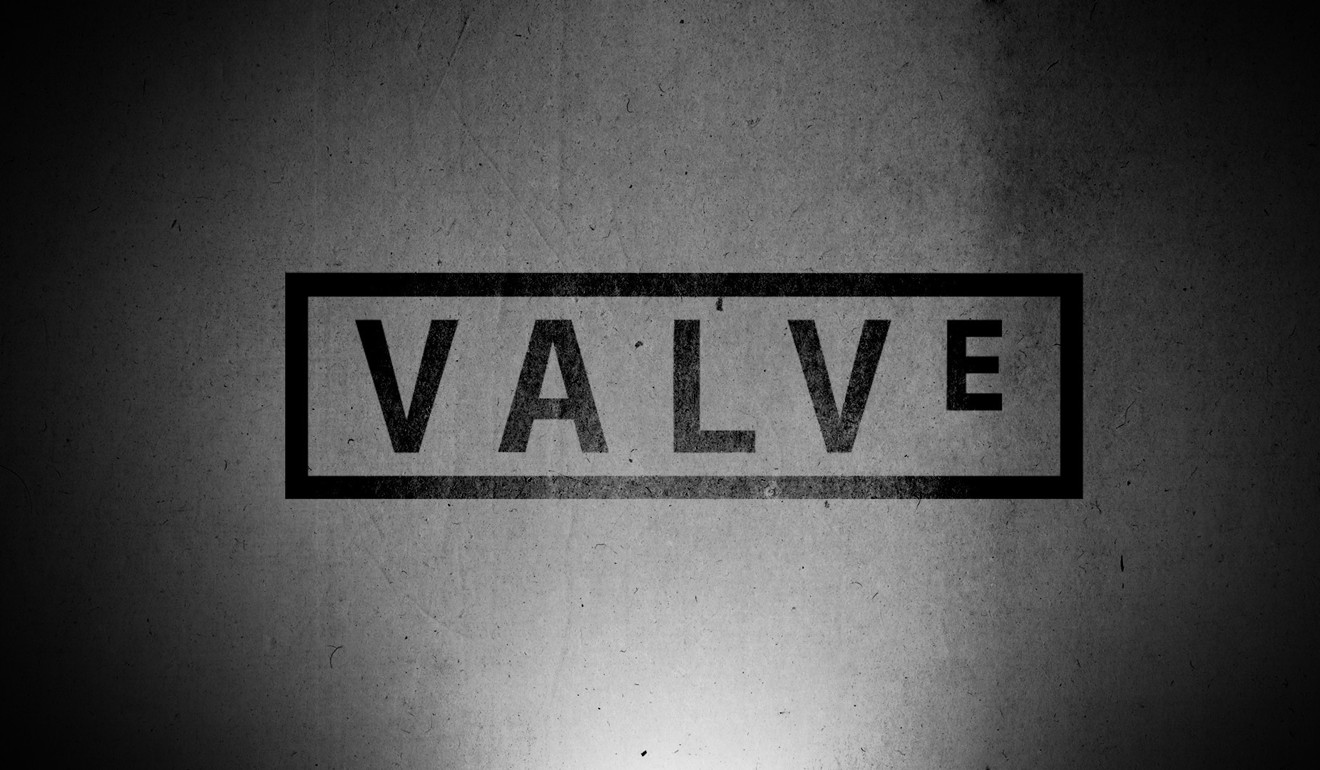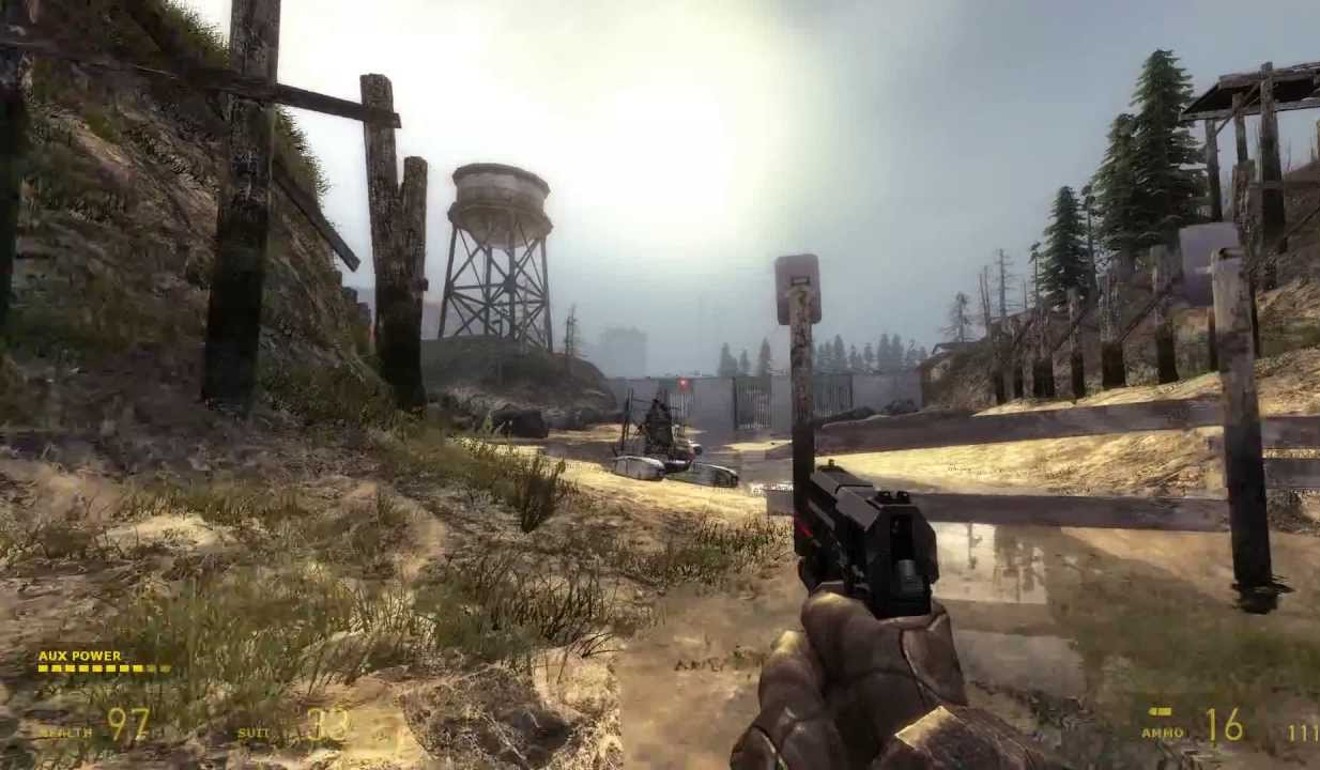
Growing pains for Dota 2 and Counter-Strike creator Valve as video game giant’s success attracts scrutiny
It’s a company where there is no hierarchy and no job titles, staff choose the projects they want to work on, and pay rises are determined by anonymous feedback from peers
Earlier this week, in front of thousands of mostly young fans, two teams filed into soundproof boxes on a stage in a darkened arena. The teams of five each took their seats in front of custom-built computers, and began testing their reflexes and strategy in a quest for a cut of a US$23 million prize pool.
Eager fans followed the action broadcast to the large video screen above. Sounds of the in-game clashes and live commentary blare through the arena.
Before the action began, a curious opening act: a few words from a burly, bearded man in his 50s. That would be Gabe Newell, one of the most powerful figures in video gaming.
Newell’s company, Valve, developed Dota 2, the video game whose signature tournament kicked off this week for its sixth year in Seattle, USA. He typically takes the stage at the outset to thank fans for coming before acknowledging that they’re not here to see him. That bit of public humility is typical from a man who maintains he isn’t the boss of the company he owns.

Some former employees dispute the vision of a boss-less utopia, but there is no doubt the unusual corporate formula, however it works, has made Valve one of the most successful video game companies in the world.
The maker of Dota 2, Counter-Strike and Half-Life, Valve also operates Steam, the main digital storefront for PC games. That combination makes Valve the video gaming equivalent of a movie studio like Universal Pictures, if Universal also happened to own Netflix.
“They have two successful and distinctly different businesses,” says Michael Pachter, a video game industry analyst. “They’re a game developer, and they’re good at it. And they’re a publisher, and they make a tonne of money. Nobody that I can think of has been that good at both.”
A post shared by Dota 2 RuHub (@dota2ruhub) on Aug 10, 2017 at 1:04pm PDT
The International, as Valve calls this week’s Dota 2 tournament, draws thousands of people from around the world to watch a week of competition. Fans, some dressed as characters in the game, take over the neighbourhoods around the arena.
Valve’s approach is always, ‘We did this because we like it, and we thought it was cool’.
For most of the year, though, the 21-year-old company is virtually invisible, with its 325 employees plugging away in a nondescript office tower.
A privately held company – Newell is majority owner, and current and former employees own the rest – Valve tends to say little. The company largely ignores the industry’s trade shows and public relations circuit. It hasn’t published a press release in nearly two years.
A network of bloggers and video game writers make a sport reading between the lines of Valve’s public statements and Reddit posts to try to figure out what the company might be up to.
But Valve, now with a global reach and enough money in the bank to take on any project it wants, is no longer a scrappy start-up, and it is facing the growing pains that come with that scale. Legal challenges have targeted the hands-off way the company administers its empire.
It’s many different things to many different people, but what exactly is e-sports?
An Australian court in December found Valve broke local consumer protection laws, and, in the US, lawsuits alleged that the company helped enable underage gambling. The company denies both sets of allegations.

Some in the industry say the legal spotlight shows the pitfalls of building a company with few guardrails. “Valve’s approach is always, ‘We did this because we like it, and we thought it was cool,’” says James Green, co-founder game developer Carbon Games. “But they’ve now gotten to the size where they can get in trouble.”
If you’re in the right group, Valve is a great place to work. [If you’re not], it’s a struggle every day.
Valve offered a glimpse into its workings early this year, inviting a group of video game journalists to its headquarters outside of Seattle.
Newell, technically the CEO, and Erik Johnson, a long-time employee who pilots this week’s tournament, explained how the company works.
Newell, 54, wields a detached, matter-of-fact tone as he moves comfortably between analysis of video games and social and economic theory. Rigid corporate hierarchy, he says, gets in the way of doing good work.
Concentrating information and decision-making power with a few people at the top makes sense if you’re manufacturing mufflers or running a military campaign, but he says it doesn’t do much good in fast-changing, creative pursuits like video games.
A post shared by SteelSeries (@steelseries) on Aug 10, 2017 at 10:30am PDT
For some decisions, though, a hierarchy appears.
Ed Owen, a hardware engineer who spent years working on Microsoft’s Xbox, joined Valve in 2012, drawn by the opportunity to build something new. He helped design Valve’s first hardware lab, spending millions of dollars on cutting-edge machinery as the company started building its own game controllers, computers and virtual reality headset prototypes.
You can have really capable, successful developers who won’t work well in this environment.
Eight months into the job, he was called into a room with a lawyer and a human resources employee and laid off. He says he was told “you’re not a Valve person”.
“If you’re in the right group, Valve is a great place to work,” Owen says. If you’re not, “it’s a struggle every day”.
To gauge employee performance and determine pay rises, Valve asks employees for anonymous feedback on their peers. And when Valve lost its lease on its office space, the company polled employees on where they wanted to move.
Newell, speaking generally, says Valve’s way of work isn’t for everybody.
“Everybody thinks that they want a lot of autonomy and to be self-directed,” he says. “It turns out a lot of people don’t. You can have really capable, successful developers who won’t work well in this environment.”
The search for the unconventional has bled into Valve’s hiring. The company’s core is made up of experienced game designers, but Valve has a reputation for bringing in employees from outside the industry – from self-taught electrical engineers to animators and economists.

Valve began in 1996 when Newell and Michael Harrington, two Microsoft millionaires, left the company to build a game studio.
Their first game, Half-Life, was a hit, helping establish the first-person shooter as the industry’s most popular genre. Harrington left soon after the release. Subsequent titles such as Half-Life 2 and the Portal series are regarded as masterworks of game design.
Is Hong Kong ready for e-sports and its economic growth?
Today, Valve is better known for Steam, launched in 2003. In exchange for a 30 per cent cut of sales, Valve offers Steam as a platform for other developers to sell their own games.
The launch was well timed. Broadband internet coverage was expanding, making it more practical to download large video game files instead of buying a physical disk. And the competition – the brick-and-mortar stores that sold PC software – was struggling.
There’s cool stuff we haven’t done yet.
Steam has grown into the biggest retailer in PC gaming. Today it accounts for as much as 50 per cent of downloaded PC game sales, analysts estimate.
Valve made its first US$1 billion in annual revenue in 2012, according to a former employee, and industry analysts estimate that today Steam, on its own, brings in well more than US$1 billion a year.
Valve declined to comment on the figures, but the cash has fuelled a range of experiments that pushed video gaming’s frontiers, from virtual reality headsets to free-to-play games.
Observers say Valve’s success comes, in part, from patience. “Valve time” is a running joke in the industry, referring to the company’s tendency to miss publicly announced deadlines.

That freedom helps the company to get things right. Unlike rivals Electronic Arts or Activision Blizzard, Valve has no outside investors to answer to at the end of each quarter.
“They don’t worry about moment-to-moment; they worry about year-to-year,” says Jeff Pobst, former Valve employee and now boss of game studio Hidden Path Entertainment. “They are always asking the question: ‘Is this really the right thing to do?’”
Meet China’s e-sports warrior princess battling to put women back in the fight
One part of their legacy that Valve regularly addresses is Newell’s future. In job interviews, Valve applicants often ask if the venerable CEO plans to stick around for long. The answer, the company says, is yes.
Newell doesn’t appear to have time to think about retiring.
“Every once in a while someone will say ‘Shouldn’t we celebrate this milestone,’ and everybody else goes ‘No, we should actually get more work done’,” Newell says. “There’s cool stuff we haven’t done yet.”

